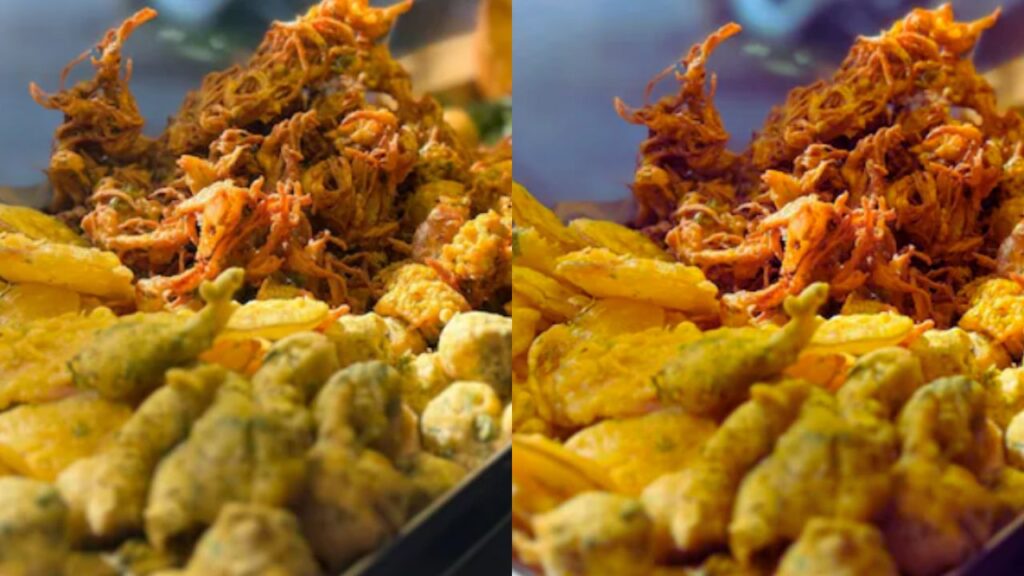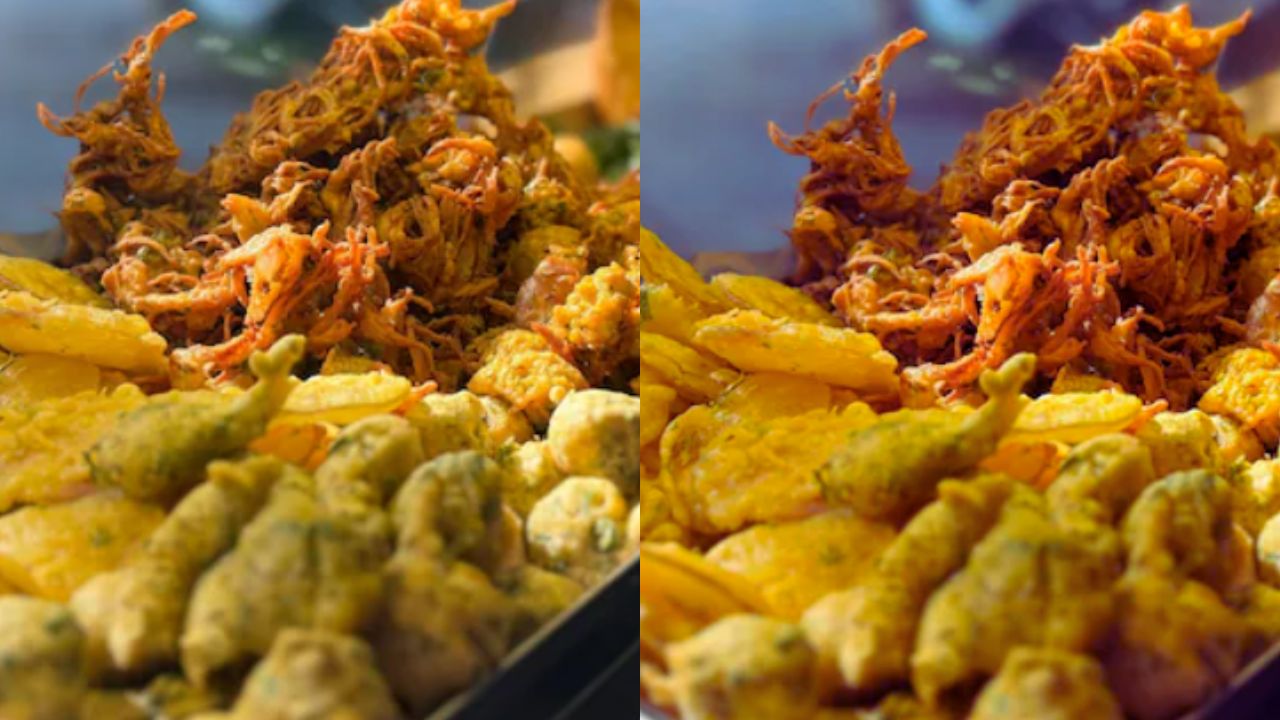Monsoon season is a vibe—cool breezes, rhythmic raindrops, and that irresistible craving for something hot, spicy, and delicious. But while street food becomes even more tempting during the rains, so does the risk of foodborne illness if you’re not careful. Damp conditions and water stagnation can turn your favorite chaat stall into a bacteria haven.
Worry not! Here’s a curated list of 5 street foods that are generally safe to eat during the monsoon—if chosen wisely and from hygienic vendors. These delights are either cooked at high temperatures, use minimal water, or have protective cooking techniques that reduce contamination risks.
1. Steamed Momos
Why It’s Safe: Steamed momos are prepared fresh and cooked thoroughly in steamers, making them a safer choice during monsoon when raw or semi-cooked foods can pose health risks.
What to Watch: Make sure the vendor uses clean water in the steamers and doesn’t leave the momos sitting in open air too long. Avoid raw chutneys—opt for hot, cooked dips if available.
Best Enjoyed With: Hot chilli garlic sauce or soup-style thukpa.
2. Roasted Corn (Bhutta)
Why It’s Safe: Corn on the cob is roasted over open flames, eliminating most germs and moisture. It’s a dry snack with no gravy, water, or dairy content—ideal for damp weather.
What to Watch: Choose vendors who roast fresh in front of you and avoid pre-roasted or reheated versions. Ensure the toppings—like lemon and masala—are freshly handled.
Monsoon Magic Tip: Add a pinch of black salt and chilli powder for a perfect rainy-day bite.
3. Masala Dosa
Why It’s Safe: Dosas are made on high-heat tavas, ensuring all ingredients are cooked thoroughly. The crispy exterior and piping-hot potato filling reduce contamination risks.
What to Watch: Opt for stalls where dosas are made fresh and served hot. Avoid cold chutneys or sambhar kept in open containers.
Combo Tip: Pair with filter coffee for that South Indian monsoon fix.
4. Pav Bhaji
Why It’s Safe: The bhaji (vegetable curry) is constantly simmering on a hot griddle, ensuring it’s always served steaming hot. The pav is toasted with butter—again on high heat—reducing bacterial growth.
What to Watch: Check the vendor’s hygiene, especially for how they store and serve the raw onions and garnishes. Go easy on extra butter or cheese from questionable sources.
Bonus: The spicy, tangy flavors hit just right when the skies are grey.

5. Moong Dal Pakoras
Why It’s Safe: Deep-fried snacks like moong dal pakoras are cooked in oil at high temperatures, effectively killing germs. They’re crunchy, protein-rich, and perfect with a cup of tea.
What to Watch: Choose stalls where the oil is fresh (not dark or reused excessively) and the pakoras are golden, not soggy. Avoid dipping sauces made with curd or stale mint.
Dunk It In: Tamarind chutney or spicy green sauce made fresh.
Bonus Safety Tips for Eating Street Food During Monsoon:
- Pick Crowded Stalls: High footfall usually means high turnover and fresh batches.
- Watch the Water: Say no to chutneys, drinks, or ice made from tap or untreated water.
- Avoid Raw Ingredients: Skip uncooked toppings like raw onions, tomatoes, and coriander.
- Stick to Hot and Cooked: If it’s piping hot, it’s probably safe.
- Carry Your Own Napkins & Sanitizer: Hygiene in your hands is half the battle won.
Savor the Storm, Safely
Rains don’t have to mean bland food. With a little caution and the right choices, you can enjoy your favorite street treats without worrying about health hazards. Let the flavors of piping hot pakoras, sizzling pav bhaji, and crackling corn keep your spirits high even when the skies are low.
So next time the clouds roll in and your tummy rumbles, head to your trusted street food vendor and dig in—deliciously and safely.
